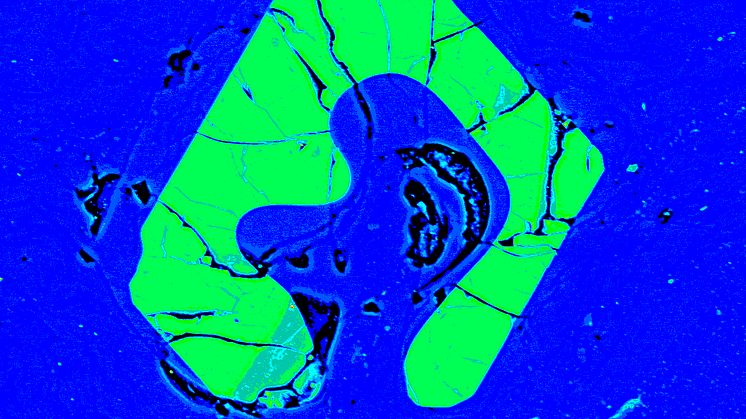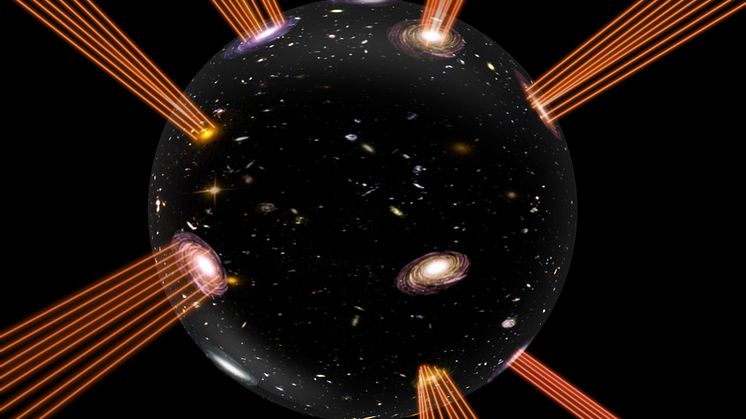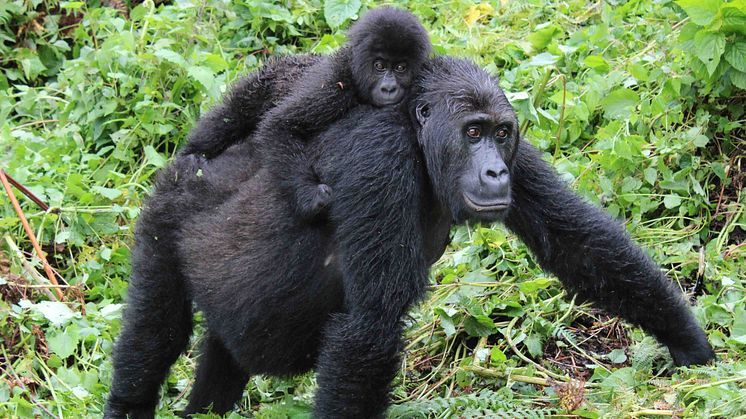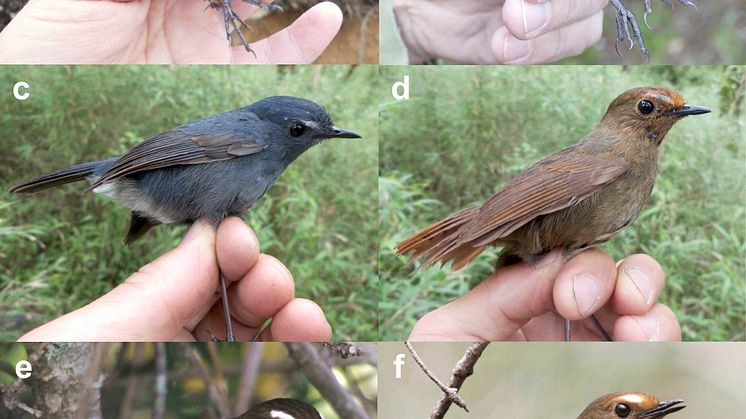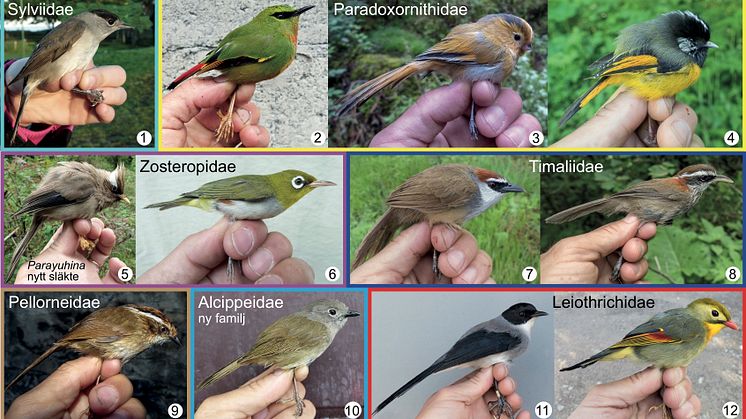Large volcanic eruption in Scotland may have contributed to prehistoric global warming
Around 56 million years ago, global temperatures spiked. Researchers at Uppsala University and in the UK now show that a major explosive eruption from the Red Hills on the Isle of Skye may have been a contributing factor to the massive climate disturbance. Their findings have been published in the journal Scientific Reports.
